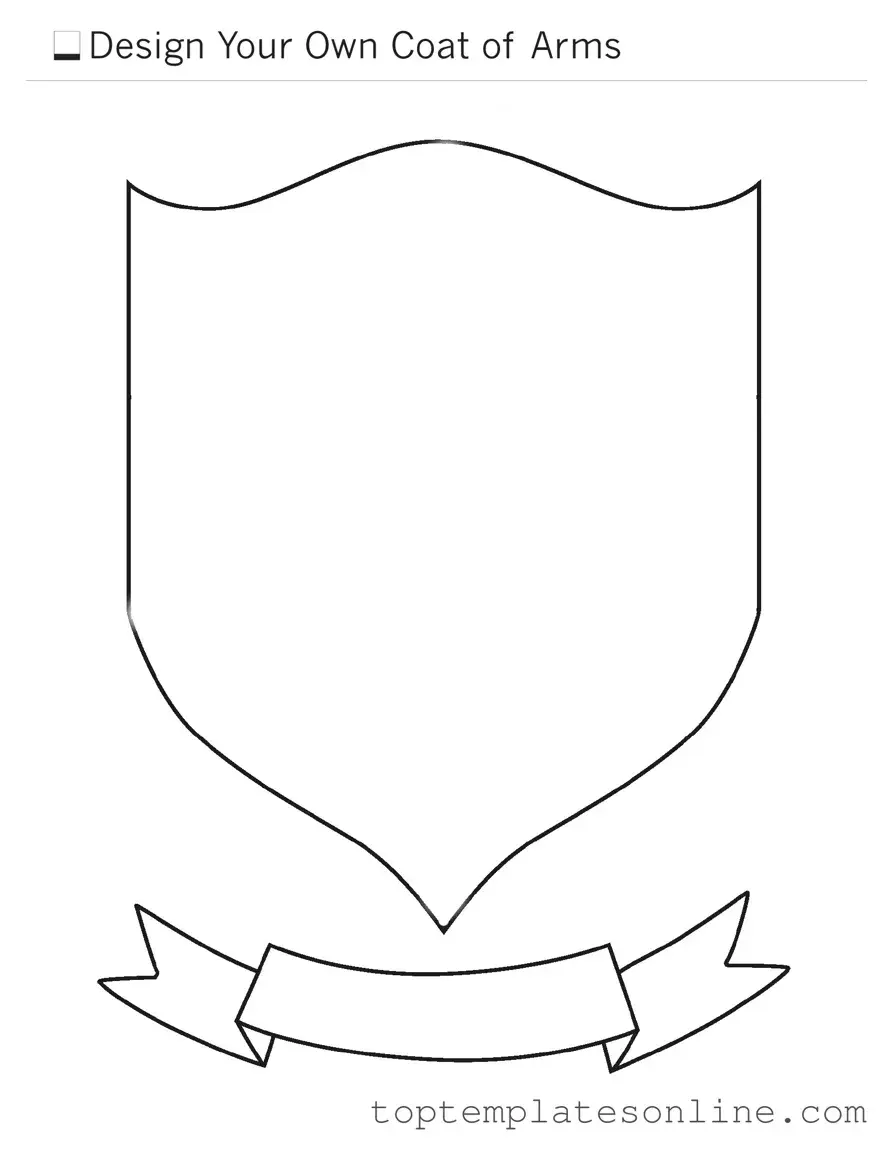Fillable Coat Of Arms Form
The Coat of Arms form is a legal document used to request the creation or registration of a coat of arms, which symbolizes an individual or family’s heritage and identity. This form serves as a formal application to establish a unique emblem that can be displayed on various items, such as flags, shields, and documents. Understanding how to properly complete this form is essential for those seeking to honor their lineage through this traditional symbol.
Customize Coat Of Arms Here
